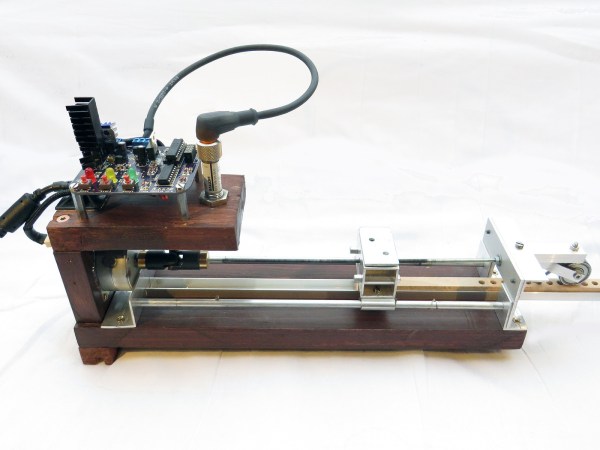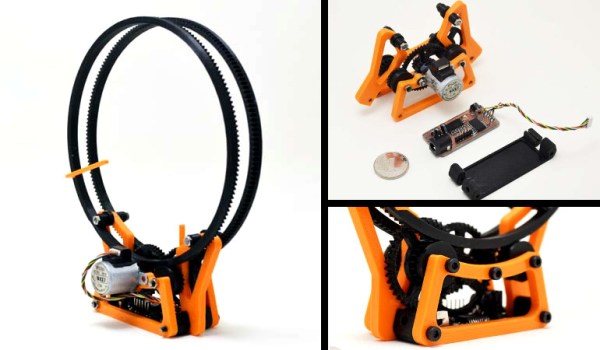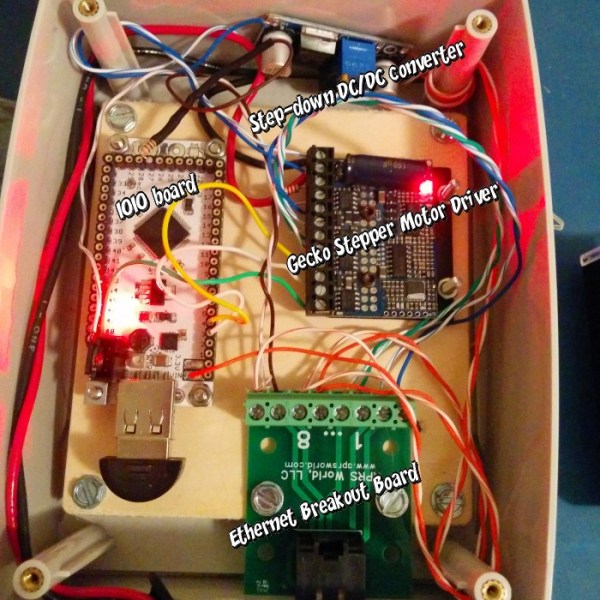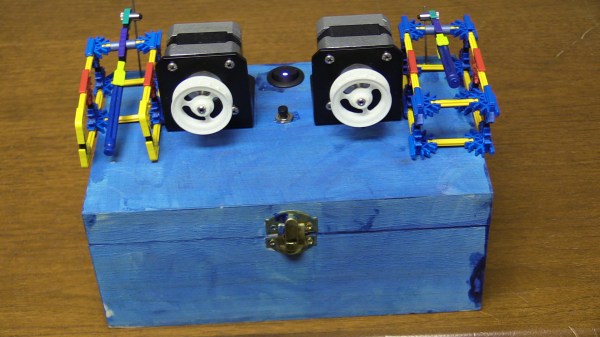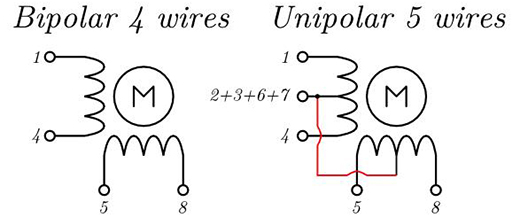[Dmitri] wanted to buy an automatic feeding setup for his aquarium, but he found that most off-the-shelf feeders are really inaccurate with portion control. [Dmitri]’s fish is sensitive to overfeeding, so an off-the-shelf feeder wouldn’t get the job done. Since [Dmitri] knows a thing or two about electronics, he set out to build his own microcontroller-based automatic feeding machine.
[Dmitri]’s machine is based around a MSP430 that starts feeding at scheduled times and controls how much food is dispensed. The MSP lives on a custom PCB that [Dmitri] designed, which includes a stepper motor driver and input for an endstop sensor. The board is wired to a stepper motor that advances a small wooden board with a series of holes in it. Each hole is filled with a single serving of food. The board slides along a piece of U-channel, and food drops out of each hole into the aquarium when the hole reaches the end of the channel.
The whole build is very well documented, and [Dmitri] explains each block of his schematic in detail. His firmware is also open-source, so you can build your own fish feeder based off of his design. Check out the video after the break to see the feeder in action.

